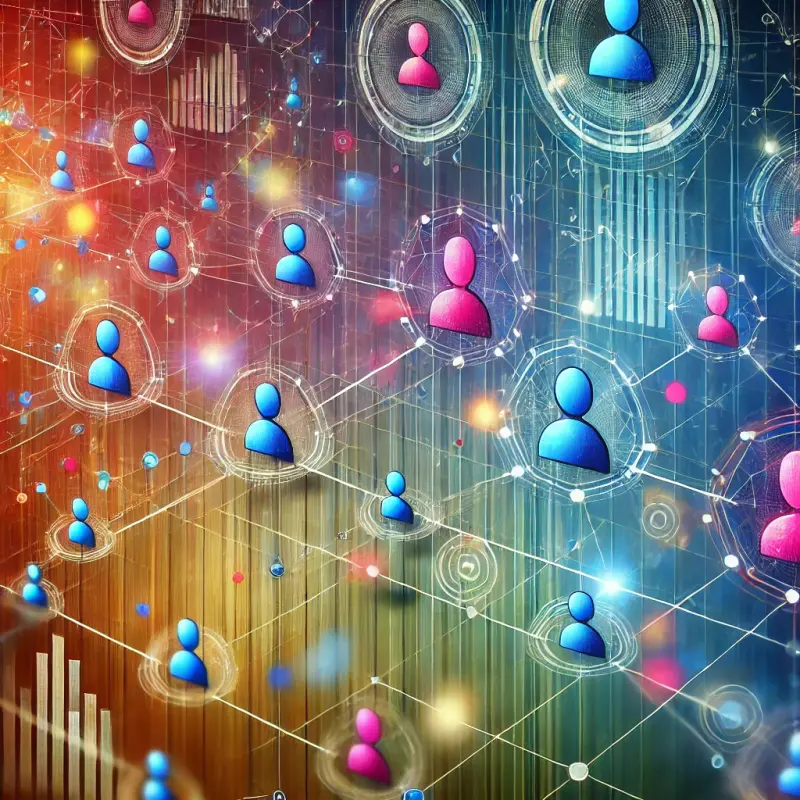The Crucial Role of Real Data in Social Science
In the modern digital era, the importance of real data cannot be overstated, especially when it comes to understanding complex social processes. As societies evolve, the sheer volume of data generated by human interactions provides a rich tapestry for researchers to analyze and draw insights from. This article delves into how working with real data offers a nuanced perspective on social dynamics, supported by specific examples from various research studies.
Understanding Social Dynamics Through Data
Social scientists have long recognized the value of empirical data in uncovering the intricate patterns of human behavior. By studying real-world data, researchers can observe the actual dynamics of social interactions, which often differ significantly from theoretical models or controlled experiments. Real data comes from various sources such as social media platforms, surveys, public records, and even mobile phone records, offering a multifaceted view of human society.
For instance, a study conducted by a group of sociologists at the University of Chicago used mobile phone data to track social interactions within communities. The research revealed how people's communication patterns varied significantly depending on their social and economic backgrounds. This type of analysis is only possible with access to actual communication logs, which provide a direct window into the rhythms of everyday social life.
Data-Driven Insights into Social Cohesion
Another critical area where real data has been invaluable is in the study of social cohesion and integration. Researchers at Stanford University employed data analytics to examine how different communities interact on social media platforms. By analyzing posts, likes, comments, and shares, they were able to identify patterns of integration or segregation within the digital space. This research highlights how real data can help social scientists to identify underlying issues in social cohesion and devise strategies to foster more integrated communities.
Real Data in Times of Crisis
The importance of real data becomes even more pronounced during social crises, such as natural disasters or pandemics. During the COVID-19 pandemic, researchers utilized real-time data to monitor the spread of the virus and its impact on various demographic groups. By analyzing data from health records and public health reports, they were able to observe how the virus disproportionately affected certain sections of the population. This real-time data was crucial in helping public health officials make informed decisions about lockdowns, resource allocation, and vaccine distribution strategies.
Challenges in Handling Real Data
While the benefits of using real data are immense, there are significant challenges that researchers must navigate. Privacy concerns are at the forefront, as much of the data involves personal information. Researchers must adhere to strict ethical guidelines and regulatory requirements to ensure that data is handled responsibly. Additionally, the sheer volume and complexity of real data can pose analytical challenges, requiring sophisticated tools and techniques to extract meaningful insights.
Case Studies: Real Data and Its Role in Transforming Social Research
